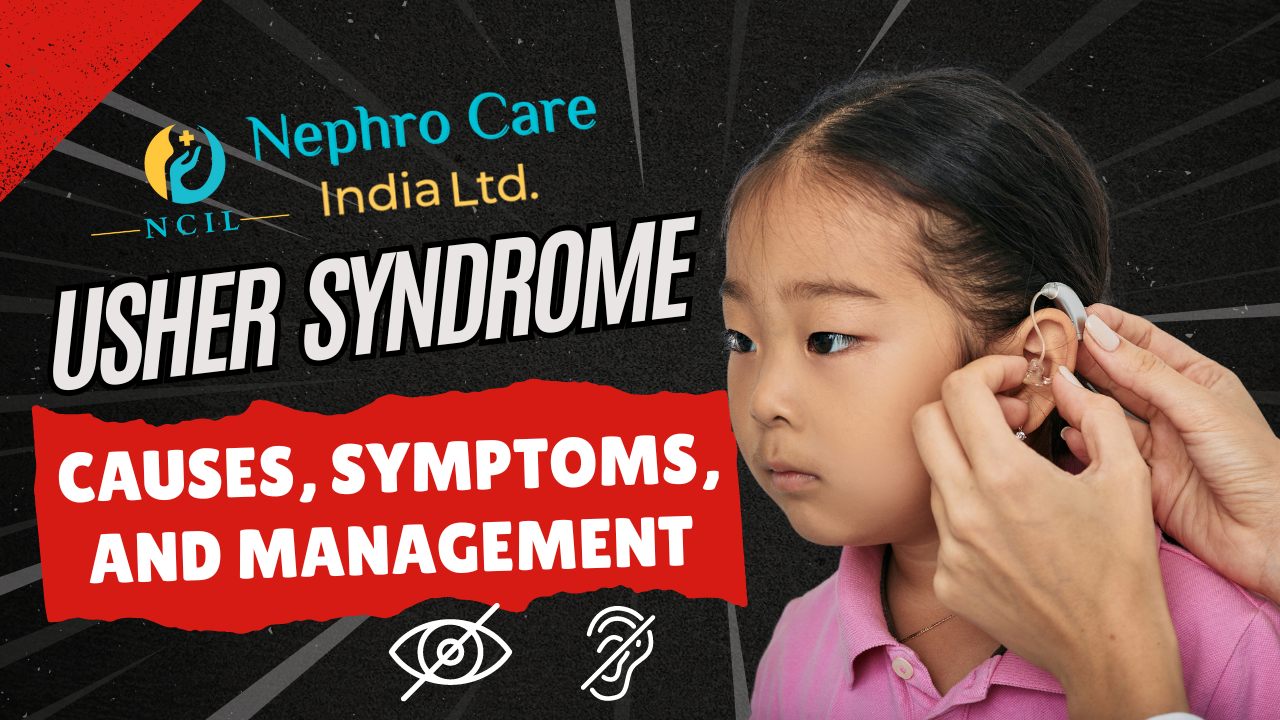
Usher Syndrome is a rare inherited disorder that impacts hearing and vision, creating significant challenges for those affected. An American ophthalmologist, Charles Usher first documented the condition in the early 1900s. It is classified as an autosomal recessive disorder, meaning an individual must receive two copies of the mutated gene—one from each parent—for the syndrome to develop. This discussion explores the key aspects of Usher Syndrome, including its underlying causes, symptoms, and available treatment options.

A combination of hearing loss and progressive vision loss due to retinitis pigmentosa (RP) characterizes Usher Syndrome. Retinitis pigmentosa is a progressive eye condition that causes the slow deterioration of photoreceptor cells in the retina, impairing both night vision and peripheral vision. Over time, this can result in tunnel vision or complete blindness. Additionally, individuals with Usher Syndrome often experience balance issues due to a malfunctioning vestibular system, which helps regulate spatial orientation and balance.
Usher Syndrome results from mutations in certain genes essential for the proper functioning of both hearing and vision. The condition is classified into three primary types, each linked to distinct genetic mutations.

The symptoms of Usher Syndrome differ based on the type and severity but typically include the following:
Usher Syndrome is diagnosed through a series of clinical evaluations, including hearing tests and genetic analysis. A detailed eye examination, such as electroretinography (ERG), is used to assess retinal function. Genetic testing can identify mutations linked to the syndrome, confirming the diagnosis.
While there is no cure for Usher Syndrome, several strategies can help manage the symptoms and improve quality of life:

Usher Syndrome poses significant challenges due to its dual impact on hearing and vision. However, with appropriate interventions and support, individuals with this syndrome can lead fulfilling lives. Raising awareness about the condition, supporting research efforts, and fostering inclusive communities are essential to improving the lives of those affected. Through continued advancements in medical research and technology, there is hope for better management and, potentially, future breakthroughs in treatment.